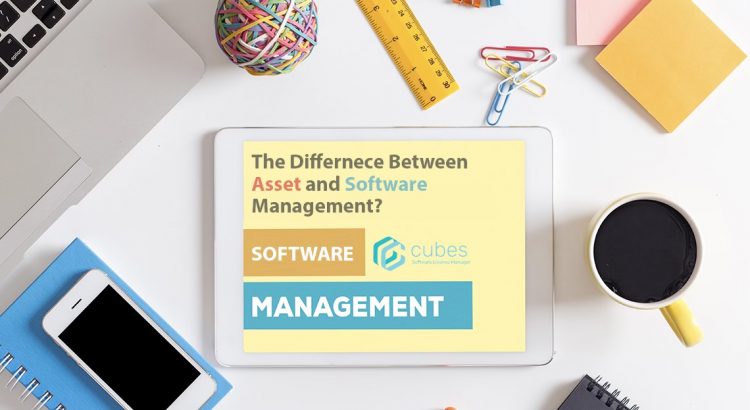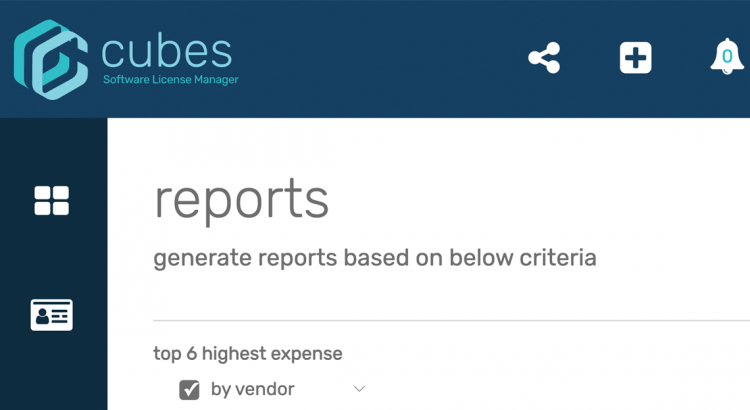Software License Managers allow you to Manage, track, and maintain license information—all with one tool Who has the time to stay updated with every application, software program, and digital platform used in your organization? Cubes can assist. Cubes software license management solution is designed to centralize all license information, billing management, alerts and renewals. Cubes […]
Tag: software license manager

Software License Management Best Practices
Software licenses can be a complex and confusing topic. But they’re also an important part of IT governance. By following a few simple best practices, you can ensure that your organization is compliant with software license agreements and that you’re not wasting money on unused licenses. In this article, we’ll provide you with the best […]

Software Licensing Costs
Software licensing is a critical part of any IT environment. But it can also be a major expense. However, many businesses are left scratching their heads when it comes to software licensing costs. With so many different licensing options available, it can be tough to know which one is best for your business and how […]

What is Software License Management?
Do you know how many software licenses your business has? Do you know how many of those licenses are actually being used? If you don’t, you’re not alone. Many businesses struggle to keep track of their software licenses. However, this can be a problem with a number of avoidable consequences. It is, therefore, important for […]

The Difference Between AMS (Asset Management Software) and SAM (Software Asset Management)?
Asset management software, is a tool designed to help businesses and organizations track and manage their physical and digital assets throughout their lifecycle. These assets can include tangible items such as computers, office equipment, machinery, vehicles, and furniture, as well as intangible assets like software licenses, patents, and warranties. The primary functions of Asset Management […]

License Management Software for Effective Software Asset Management
Software asset management (SAM) is a critical practice for businesses of all sizes. It involves managing and optimizing software assets to ensure compliance, reduce costs, and enhance operational efficiency. However, manual license tracking and compliance can be complex and time-consuming, leading to significant challenges for organizations. This is where license management software comes into play, […]
Manage Your Company’s Software and Subscriptions from One Place: Cubes, License Manager
Keep track of your company’s software and subscriptions with Cubes, the comprehensive software license manager. Streamline your operations with ease! As a business owner or IT administrator, you know how difficult it can be to keep track of all the software and subscriptions your company uses. From licenses to renewals, it can quickly become overwhelming. […]
Stay on Top of All Your Subscription Payments with a Software License Manager
A software license manager helps you manage your subscription payments and stay on top of all your licenses. Learn more about this tool and its benefits. As businesses and individuals increasingly rely on software for their daily operations, managing software licenses and subscription payments can become a tedious and time-consuming task. Failure to manage licenses […]
Cut Business Expenses with a Software License Manager
Discover how a software license manager can help your business save money and optimize your software usage. Learn more about its benefits here. What is a Software License Manager? A software license manager is a tool that helps businesses track and manage their software licenses. It provides an efficient way of managing licenses and helps businesses stay […]

The Difference between a Subscription Manager and a Full Software License Manager
Do you know what truly sets a software license manager apart from a subscription manager?” A software license manager and a subscription manager may seem like similar entities, but in reality, they serve distinct purposes. A quote from Michael Feiner, a renowned management expert, puts it perfectly: “Good managers know how to delegate; great managers […]
